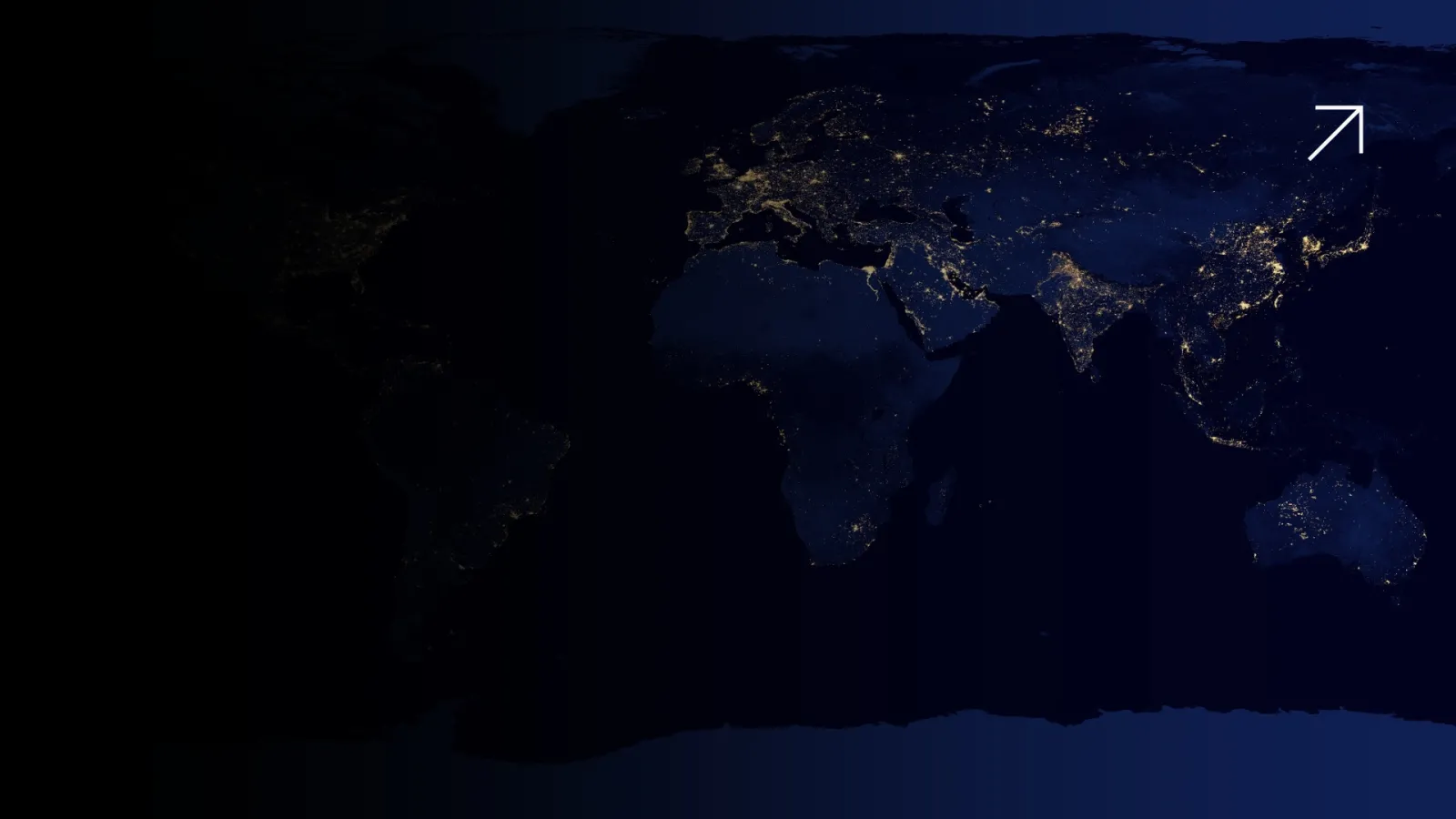Healthcare in India doesn’t stop at Mumbai, Delhi, or Bangalore. Beyond the metros lies the bulk of India’s medical ecosystem: doctors in Tier 2 and Tier 3 cities who prescribe at scale, influence patient outcomes, and represent the growth engine for pharma brands. Yet, most marketing strategies still concentrate resources in metros and treat the rest of the country as an afterthought. That approach is no longer sustainable. Growth in Indian pharma is increasingly dependent on how effectively companies build and sustain HCP engagement outside the metros. Doctors in these regions have different expectations, different digital habits, and different needs. Ignoring them leaves massive opportunity on the table and hands competitors an open invitation.
This article looks at what makes HCP engagement beyond metros both challenging and rewarding, why the old models fall short, and what practical strategies pharma leaders must adopt to succeed.
The untapped potential of Tier 2 and Tier 3
When companies underestimate non-metro doctors, they underestimate the scale of their own market.
Prescription volume outside metros
Doctors in Tier 2 and Tier 3 cities account for a substantial percentage of prescriptions across therapy areas. In fields like chronic care, like diabetes, cardiovascular, and respiratory, the prescribing power of these doctors is undeniable. Patients in smaller towns trust local practitioners more than distant specialists, making these doctors central to treatment choices.
Ignoring them creates a structural blind spot. A company that dominates in metros but fails to penetrate Tier 2 and Tier 3 finds its growth flattening. Competitors that build HCP engagement in these regions secure long-term market share.
Trust dynamics in smaller towns
Unlike in metros, where doctors are constantly courted by reps, medical events, and international exposure, Tier 2 and Tier 3 doctors often have fewer direct connections to pharma. That makes trust dynamics different. These doctors are more cautious with promotional content, but also more loyal once they see value.
Pharma companies that invest consistently in education and authentic engagement, rather than sporadic promotions, win stronger relationships. Engagement here compounds over time, creating resilience against competitor activity.
Regional growth acceleration
India’s healthcare growth story is increasingly regional. Rising income levels, government health schemes, and digital adoption are driving more patients to seek advanced treatment outside metros. Doctors in these cities need timely access to drug information, therapy updates, and continuing medical education. Pharma companies that meet those needs strengthen their reputation and accelerate adoption.
Why traditional approaches fail outside metros
The old playbook for doctor engagement does not translate well beyond the big cities.
Over-reliance on field reps
Pharma has long depended on reps for HCP engagement. In metros, this works because reps can cover multiple doctors in dense areas. In smaller towns, reps face travel constraints, fewer doctors per route, and limited time for meaningful conversations. Relying solely on reps outside metros means coverage is thin, inconsistent, and expensive.
Generic content and poor localization
Most content is designed centrally, in English, and rolled out nationwide. But non-metro doctors often prefer regional languages, concise formats, and clinically relevant information specific to their patient demographics. A generic English deck feels distant and irrelevant. Lack of localization kills engagement before it even starts.
Weak digital infrastructure
Many pharma companies assume doctors outside metros are “less digital.” The truth is more nuanced. They may not spend hours on brand websites, but they are highly active on WhatsApp, local portals, and mobile apps. Companies that ignore these digital realities and stick to one-size-fits-all digital campaigns end up missing the channels where these doctors actually spend time.
What real HCP engagement looks like outside metros
To succeed in non-metro markets, pharma companies need to redesign their definition of engagement.
Omnichannel, not fragmented
Engagement cannot be limited to rep visits or occasional webinars. It must be omnichannel like rep interactions supported by WhatsApp updates, reinforced by localized web content, amplified through digital events. Every channel must connect so doctors feel continuity, not disruption.
Omnichannel strategies ensure doctors outside metros see pharma not as an occasional visitor but as a constant, reliable partner. The cumulative effect is trust and consistency.
Value-driven content
Doctors in smaller towns are pressed for time and resources. They need practical content: dosage updates, safety information, patient education material, diagnostic guidelines. Engagement here is not about glossy brochures; it’s about actionable resources.
When pharma delivers content that doctors can use directly with patients, HCP engagement shifts from passive to active. Doctors start looking forward to updates rather than avoiding them.
Localization and relevance
Language matters. So does context. A video in Hindi explaining therapy guidelines resonates more in Lucknow than a dense English whitepaper. A WhatsApp case study tailored to rural patient profiles is far more valuable in Coimbatore than a metro-focused campaign.
Localization signals respect. It shows that pharma understands the doctor’s reality. That respect is the foundation of lasting engagement.
The role of digital channels in rural and semi-urban markets
Digital adoption is often misunderstood outside metros. Doctors here are not behind; they are different.
WhatsApp as the frontline channel
WhatsApp is the default digital channel for doctors in smaller towns. It’s where they communicate with peers, patients, and increasingly, pharma. Short updates, patient materials, and event invites shared on WhatsApp are consumed more readily than emails or portals.
Pharma companies that ignore WhatsApp miss the channel where HCP engagement is most natural and effective. Designing structured, compliant WhatsApp strategies is no longer optional; it’s mandatory.
Regional portals and apps
Doctors in non-metro cities rely on regional portals, state-level medical associations, and apps tailored to local contexts. These platforms often have stronger penetration than global or metro-centric solutions. Partnering with or creating content for these ecosystems makes pharma visible where it matters most.
Hybrid events and local webinars
In-person events remain important, but doctors outside metros cannot always travel long distances. Hybrid models, like localized webinars with regional language support, solve this. They provide access to knowledge while respecting time and geography.
Pharma that leverages hybrid formats shows adaptability, and adaptability earns engagement.
Measuring engagement beyond vanity metrics
It is not enough to push more content. The question is: is it landing?
Beyond attendance and clicks
Counting webinar attendees or WhatsApp opens is not the same as measuring engagement. True HCP engagement requires deeper metrics: did the doctor download patient materials, request follow-up, change prescribing behavior, or ask questions? These are signals that content is being used, not just consumed.
Linking engagement to outcomes
Measurement must connect to outcomes. If engagement spikes but prescriptions don’t, something is broken. Linking doctor-level engagement to therapy adoption provides clarity on what works. Without this connection, engagement remains a vanity metric.
Continuous feedback loops
Doctors in Tier 2 and Tier 3 cities are not passive recipients. They are active users. Surveys, polls, and quick feedback loops help refine content. What did they find useful? What do they want next? This continuous cycle transforms engagement from one-way broadcasting into two-way dialogue.
Overcoming compliance challenges
Reaching doctors outside metros does not mean compromising compliance. In fact, it makes compliance even more critical.
Structured content libraries
Modular, pre-approved content blocks prevent reps or local teams from improvising unapproved material. This ensures every message, no matter where it lands, is compliant.
Automated audit trails
When using channels like WhatsApp, auditability becomes tricky. Automated logging of messages, downloads, and doctor responses ensures engagement can be proven if regulators ask. HCP engagement cannot come at the cost of compliance.
Training local reps and teams
Reps working in smaller towns often face pressure to “get creative” when central teams are slow. Training them on compliance boundaries, coupled with giving them ready-to-use approved content, prevents violations and protects the brand.
Conclusion
The future of Indian pharma growth lies beyond metros. Doctors in Tier 2 and Tier 3 cities are not just part of the market; they are its engine. Companies that treat their engagement as secondary are setting themselves up for stagnation.
Winning HCP engagement outside metros requires three things: respect for the doctor’s context, investment in localized omnichannel strategies, and systems that ensure speed with compliance. Companies that master these will unlock growth others can’t reach. Those that don’t will remain stuck in the shrinking circle of metro-only influence.
If you’re leading pharma marketing, ask yourself: are you really engaging doctors beyond metros, or are you leaving growth untapped? The difference will decide who leads India’s next phase of healthcare growth.





